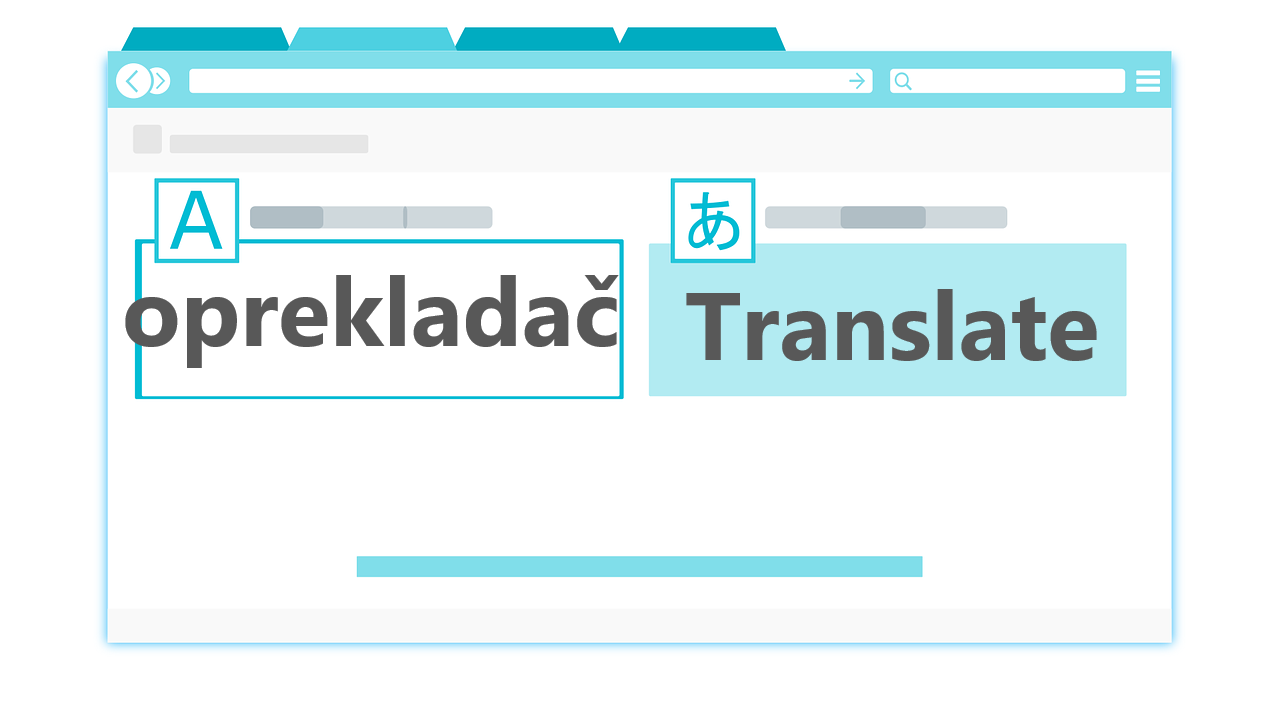Personal data has become an invaluable asset, and its protection is a paramount concern. With the increasing digitalization of our lives, data protection laws have evolved to keep up with the ever-changing landscape. In this blog, we will delve into the significant transformation from the Data Protection Act to the General Data Protection Regulation (GDPR) and explore the importance of a GDPR Certification Course. We’ll also examine the key Difference Between GDPR And Data Protection Act.
The Shift from the Data Protection Act to GDPR
The basis for data protection laws was established by the Data Protection Act (DPA), which was passed in the UK in 1998. Its goal was to protect people’s private information by creating guidelines for businesses that handle it. But, as technology developed, it became clear that the DPA required a significant revision to meet the demands of a society that was becoming more connected and data-driven.
Data protection has come a long way since the General Data Protection Regulation (GDPR) went into effect on May 25, 2018. The General Data Protection Rule (GDPR) is a comprehensive rule of the European Union that applies to all organizations worldwide that handle the personal data of EU people, not simply to EU member states. It ushers in a new age of data protection by placing a strong emphasis on individual rights, responsibility, and openness.
Difference Between GDPR and the Data Protection Act
Let’s discuss about the difference between GDPR and Data Protection Act:
Territorial Scope
The Data Protection Act was mainly applicable to the United Kingdom; its provisions did not immediately apply to organizations located outside of the country.
The GDPR applies to any organization that handles the personal data of EU people, regardless of location, and has an extraterritorial reach. Its significance and effect are heightened by its worldwide application.
Consent and Transparency
Individuals’ control over their data was restricted under the DPA, and authorization for data processing was often presumed.
Getting people’s clear, informed, and freely provided permission is crucial under GDPR. It also mandates that businesses provide clear privacy statements and be open about how their data is utilized.
Data Subject Rights
Under the DPA, data subjects had less rights and control over their personal information.
The GDPR gives individuals more rights over personal data, such as the ability to view, edit, remove, and transfer their information. Additionally, it establishes the right to be forgotten, giving people greater control over their data.
Accountability and Governance
The Data Protection Act (DPA) does not specifically mandate that organizations designate a Data Protection Officer (DPO) or carry out impact analyses for high-risk data processing operations.
To identify and reduce data processing risks, GDPR compels organizations to do Data Protection Impact Assessments (DPIAs) and mandates the appointment of a DPO in certain circumstances.
Breach Notification
Due to the DPA’s lax requirements for data breach notification, reporting was inconsistent.
A 72-hour notice period is mandated by GDPR for data breaches, guaranteeing timely and accurate reporting to authorities and impacted parties.
Fines and Penalties
Relatively little penalties were levied by the DPA for non-compliance.
With fines of up to €20 million or 4% of the organization’s annual worldwide sales, whichever is larger, for egregious infractions, GDPR imposes far harsher penalties.
The Role of the GDPR Certification Course
Organizations and people managing personal data are advised to enrol in a GDPR certification course, given the significant changes brought about by the GDPR. These classes provide thorough instruction on GDPR compliance, data protection laws, and useful implementation techniques.
Professionals may guarantee their organizations comply with GDPR requirements by taking a GDPR certification course, which provides them with the necessary information and abilities. It also assists people in comprehending the significance of privacy impact assessments, data protection, and the legal ramifications of non-compliance. Furthermore, certification shows a dedication to data security, which may improve a person’s job chances and an organization’s image.
Conclusion
The transition of the Data Protection Act to GDPR represents a major advancement in data protection legislation. With its focus on individual rights, worldwide reach, and stringent regulatory framework, GDPR is a significant step forward in protecting personal data. Comprehending the principal distinctions between GDPR and its predecessor is essential for entities and people handling personal data. In today’s data-centric environment, taking a GDPR certification course is a proactive move towards compliance, improved data protection, and remaining current with data security regulations.




